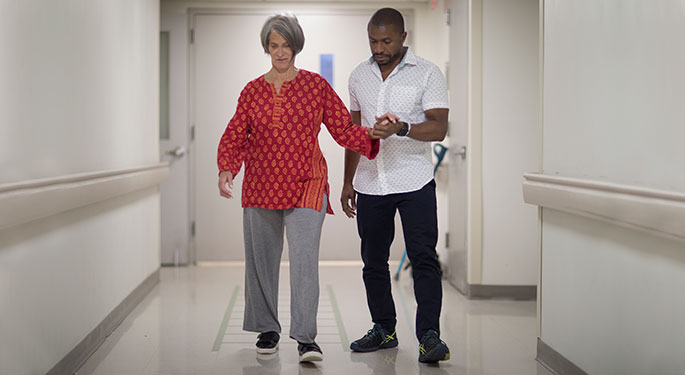Physical rehabilitation is an important field that helps individuals recover from injuries, surgeries, and various medical conditions. It involves a range of techniques designed to enhance mobility, alleviate pain, and enhance general physical capability. Physiotherapy practitioners are trained experts who assess each client’s requirements and develop customized treatment plans. These plans often include exercises, hands-on treatment, and instruction about physical movements. By employing these varied techniques, physical can substantially improve a patient’s quality of life.
One frequent technique used in physical is rehabilitative activity. This includes specific actions and activities that assist build muscles, improve range of motion, and increase endurance. For instance, a client recovering from leg operation may perform exercises that focus on rebuilding power in the leg muscles. These activities are carefully chosen based on the individual’s condition and goals. By incrementally boosting the difficulty and complexity of the activities, physiotherapy therapists can assist patients regain their strength and mobility over time.

Another important technique is hands-on therapy, which comprises physical methods to manipulate the human body soft muscles and joints. This can involve flexibility exercises, joint movement, and massage. Hands-on treatment aims to alleviate pain, minimize inflammation, and enhance circulation. For example, a practitioner may apply gentle force to ease stress in tight muscle groups or to help a joint function more freely. This method is often combined with other therapies to enhance rehabilitation and promote recovery. Patients often consider hands-on treatment to be a relaxing and beneficial way to manage their discomfort.
In furthermore to exercises and hands-on therapy, instruction plays a crucial part in physiotherapy. Practitioners teach clients about their issues and how to handle them effectively. This may entail guidance on correct posture, physical mechanics, and strategies to prevent subsequent injuries. For instance, a therapist might demonstrate a patient how to raise heavy objects properly to avoid injuring their spine. By empowering clients with knowledge, physiotherapy therapists assist them take an active part in their recovery and promote long-term wellness and well-being.
Ultimately, technology is progressively being incorporated into physical methods. Devices such as ultrasound, electrotherapy stimulation, and immersive reality can improve conventional treatment approaches. These technologies can assist reduce discomfort, promote healing, and offer engaging methods for clients to participate in their recovery. For instance, virtual environments can create engaging settings for patients to rehearse movements in a safe plus secure environment. As technology continues to evolve, it provides exciting possibilities for enhancing recovery outcomes in physiotherapy.
In conclusion, physiotherapy encompasses a range of methods that work in unison to support rehabilitation and rehabilitation. Through therapeutic exercises, hands-on therapy, client instruction, and the use of technology, physical practitioners offer comprehensive treatment customized to each individual’s requirements. This holistic approach not only assists patients regain their bodily capabilities but also empowers them to sustain their well-being in the long run. As an increasing number of individuals acknowledge the benefits of physiotherapy, it continues to play a crucial part in the journey toward improved well-being and resource fitness.
Comments on “Exploring the Diverse Methods of Physiotherapeutic Therapy for Improved Recovery and Restoration”